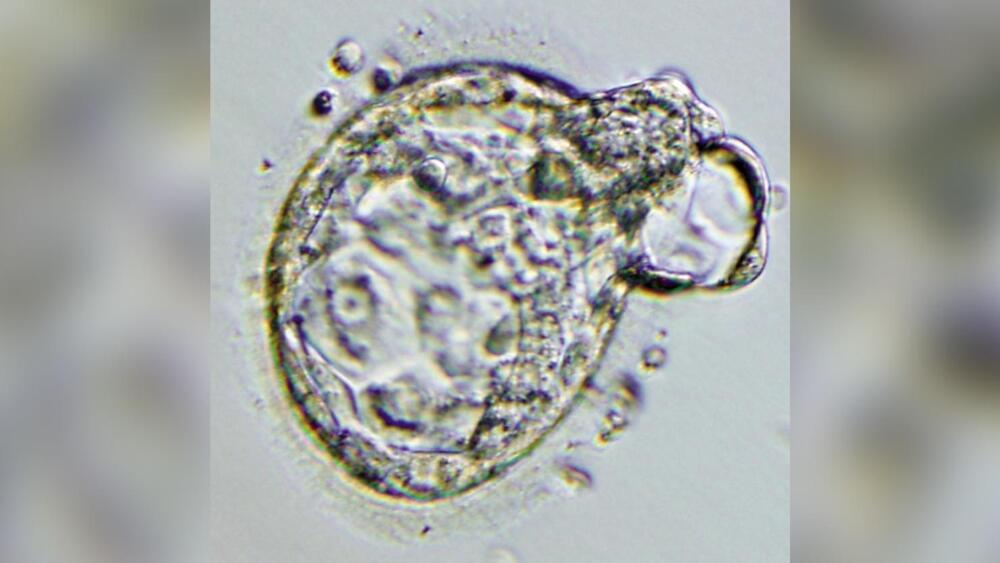Through better sensing, Yuhan Hu hopes to bring robots and humans closer together.
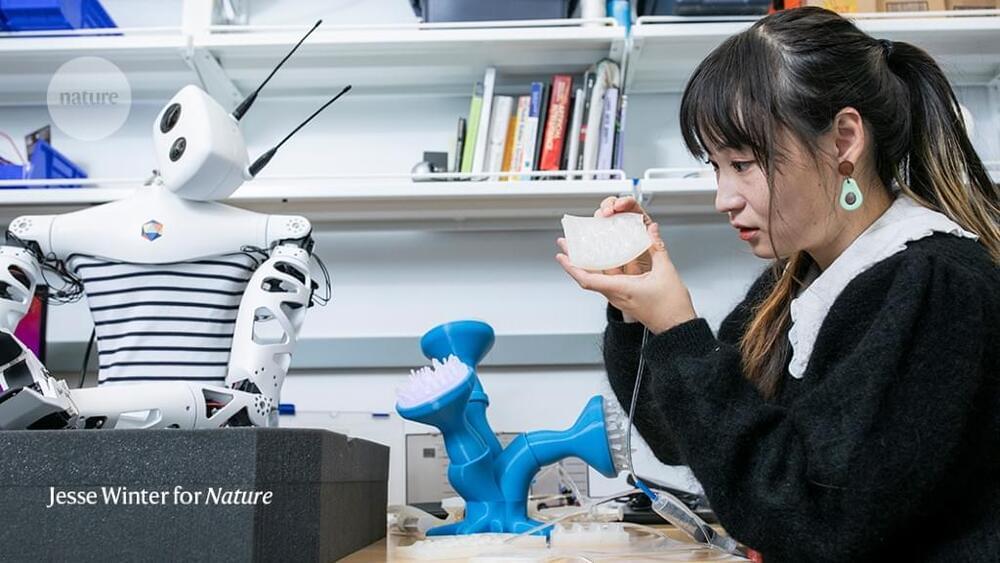



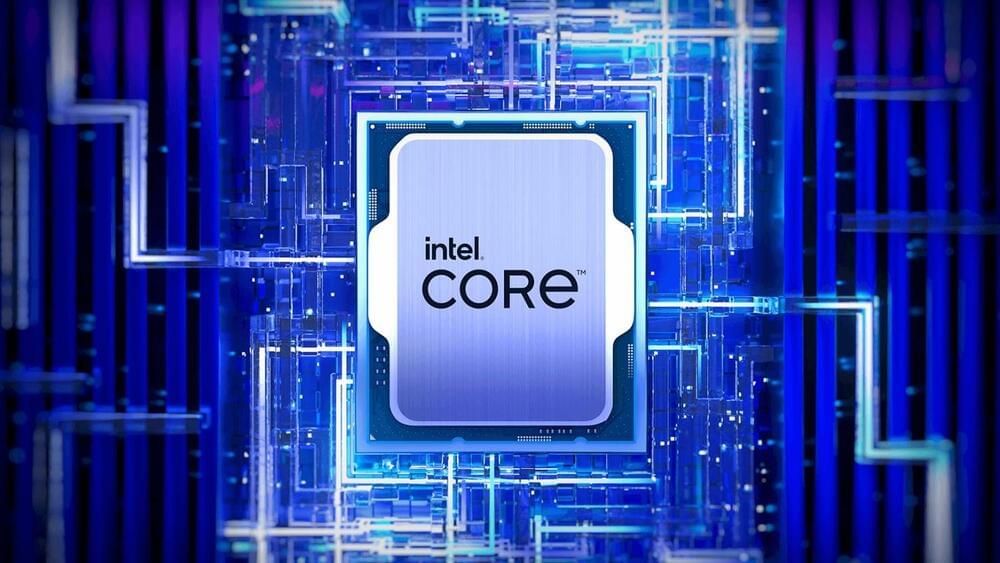

Nima Majlesi, director of Medical Toxicology at Staten Island University Hospital, also not part of the research, said the new study is “fascinating, and the more research that can be done on neurodegenerative diseases such as [Alzheimer’s disease], the more answers that can then be obtained for the betterment of everyone’s health.”
“There has never been any doubt that excessive alcohol use and recurrent intoxication [are] unhealthy in the medical community. There has occasionally been some doubt on whether a small amount of alcohol use daily can have health benefits. Even in patients not at risk for [Alzheimer’s disease], excessive alcohol use and recurrent intoxication [have] many detrimental effects on human health.” — Dr. Nima Majlesi
However, Dr. Majlesi cautioned that “in this study, they exposed mice to ethanol vapors, which is not the typical route for human consumption.”
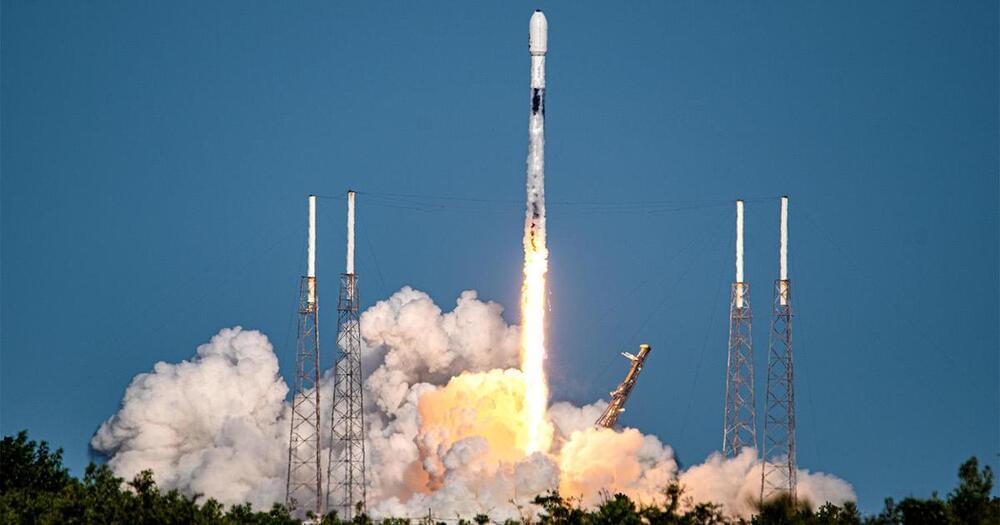
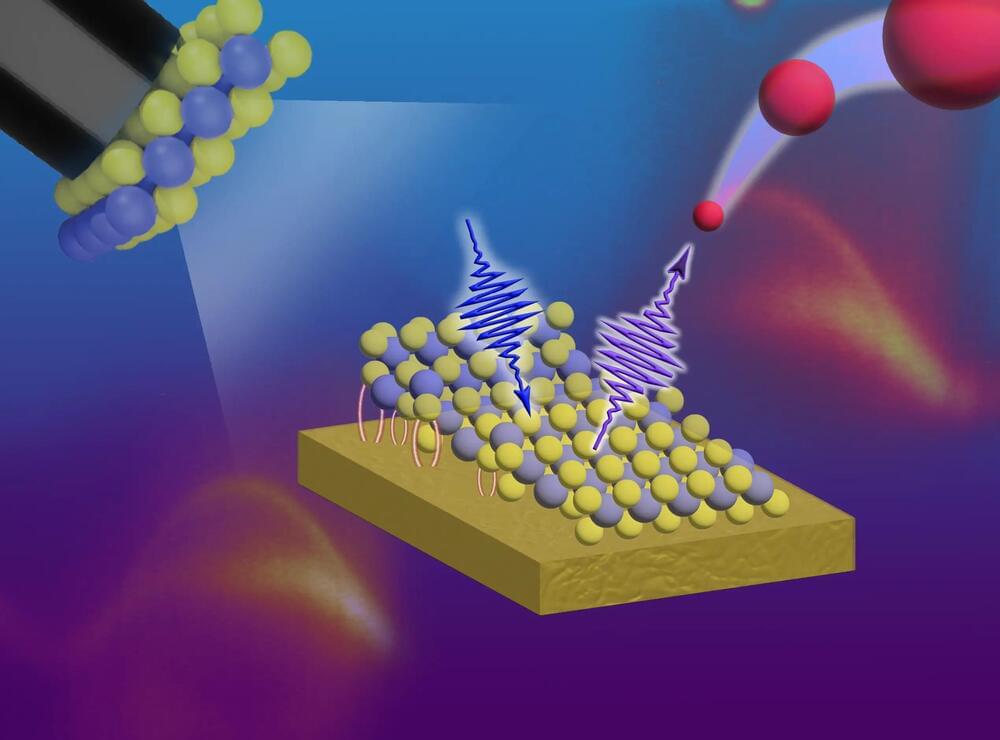
Nearly two decades have passed since the advent of graphene.
Graphene is an allotrope of carbon in the form of a single layer of atoms in a two-dimensional hexagonal lattice in which one atom forms each vertex. It is the basic structural element of other allotropes of carbon, including graphite, charcoal, carbon nanotubes, and fullerenes. In proportion to its thickness, it is about 100 times stronger than the strongest steel.

A team of physicists, including University of Massachusetts assistant professor Tigran Sedrakyan, recently announced in the journal Nature that they have discovered a new phase of matter. Called the “chiral bose-liquid state,” the discovery opens a new path in the age-old effort to understand the nature of the physical world.
Under everyday conditions, matter can be a solid, liquid, or gas. But once you venture beyond the everyday—into temperatures approaching absolute zero.
Absolute zero is the theoretical lowest temperature on the thermodynamic temperature scale. At this temperature, all atoms of an object are at rest and the object does not emit or absorb energy. The internationally agreed-upon value for this temperature is −273.15 °C (−459.67 °F; 0.00 K).

After Russian hackers destroyed Viasat satellite ground receivers spanning Europe, SpaceX provided coverage via Starlink, its Lower Earth Orbit satellite constellation, and soon began noticing cyberattacks and software interferences. Now, a year later, the U.S. Department of Defense announced Russia is still attempting to complicate connections within the satellite constellation and others like it.
Documents were leaked by U.S. National Guard airman Ryan Teixeira, as reported by The Washington Post back in April of 2023. Ukraine has also stated it is experiencing similar security issues.
“Russia’s quest to sabotage Ukrainian forces’ internet access by targeting the Starlink satellite operations that billionaire Elon Musk has provided to Kyiv since the war’s earliest days appear to be more advanced than previously known, according to a classified U.S. intelligence report.”
